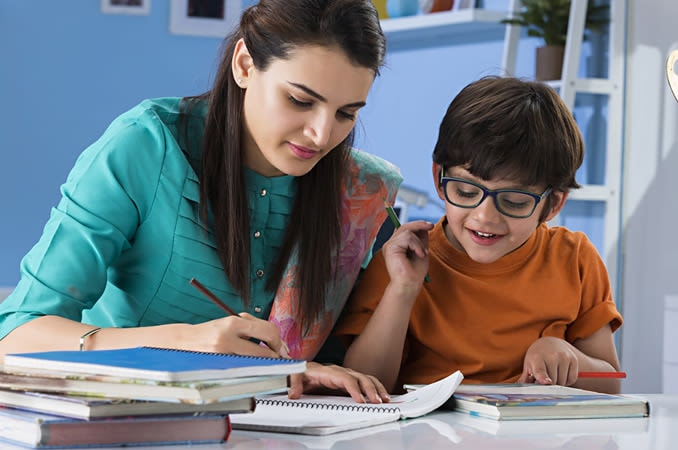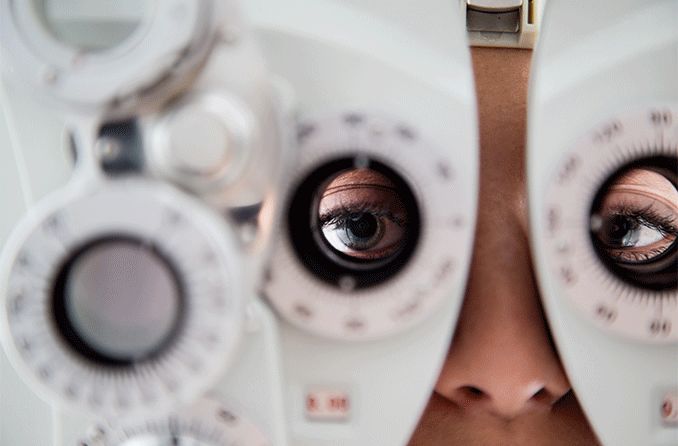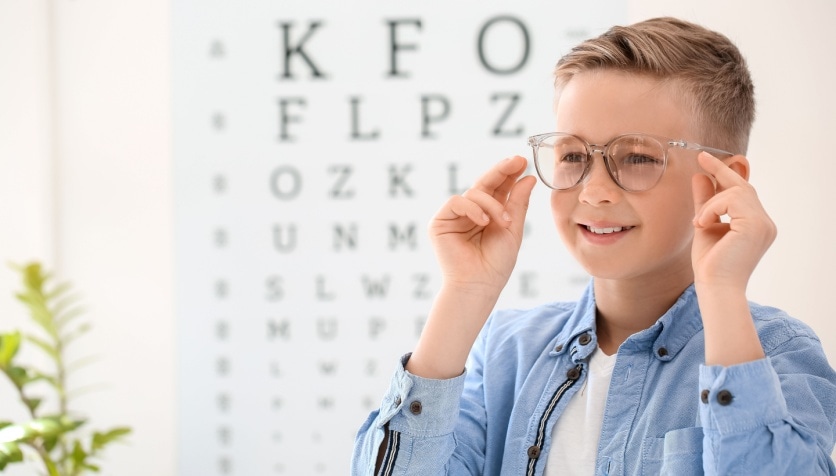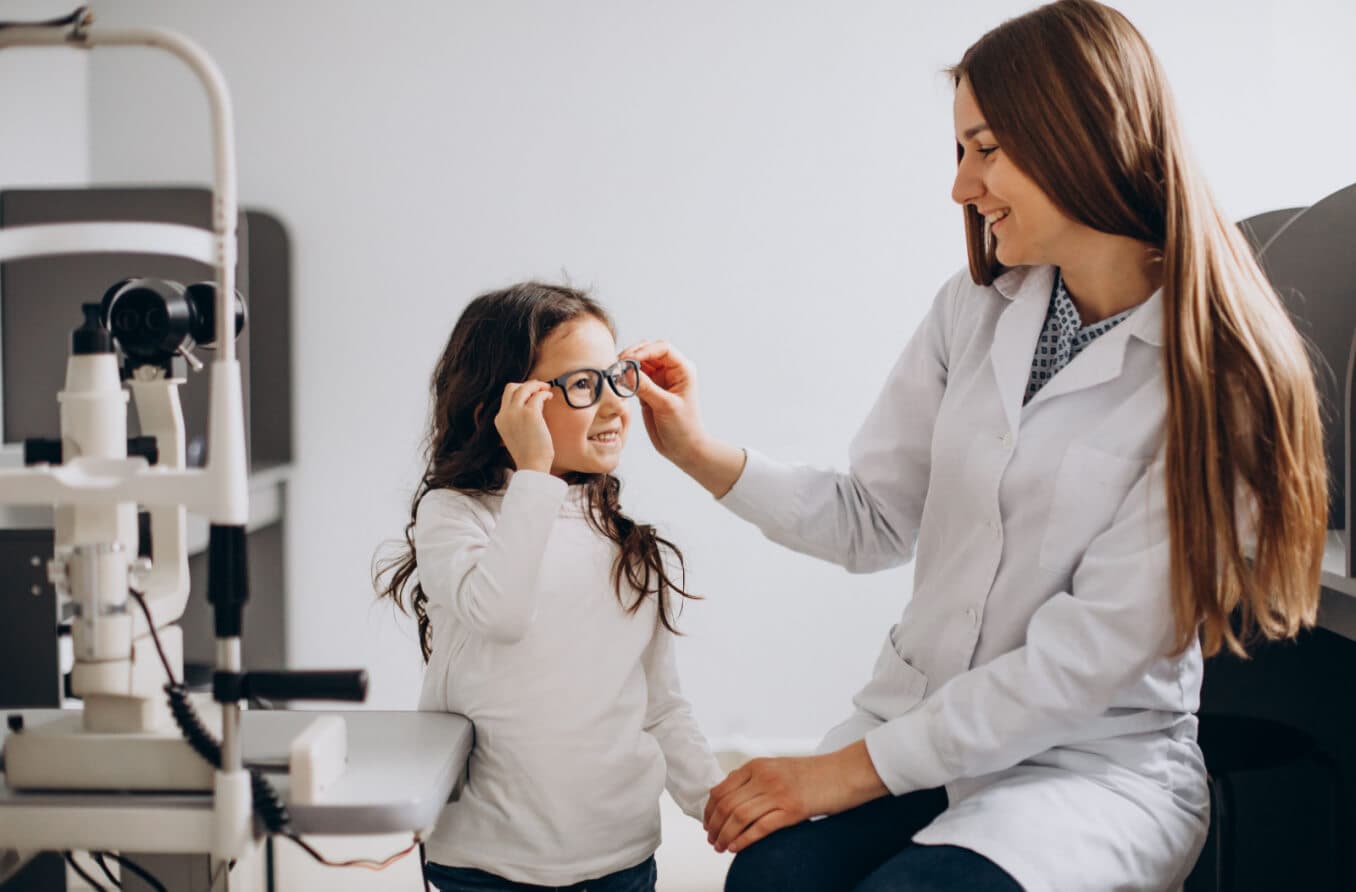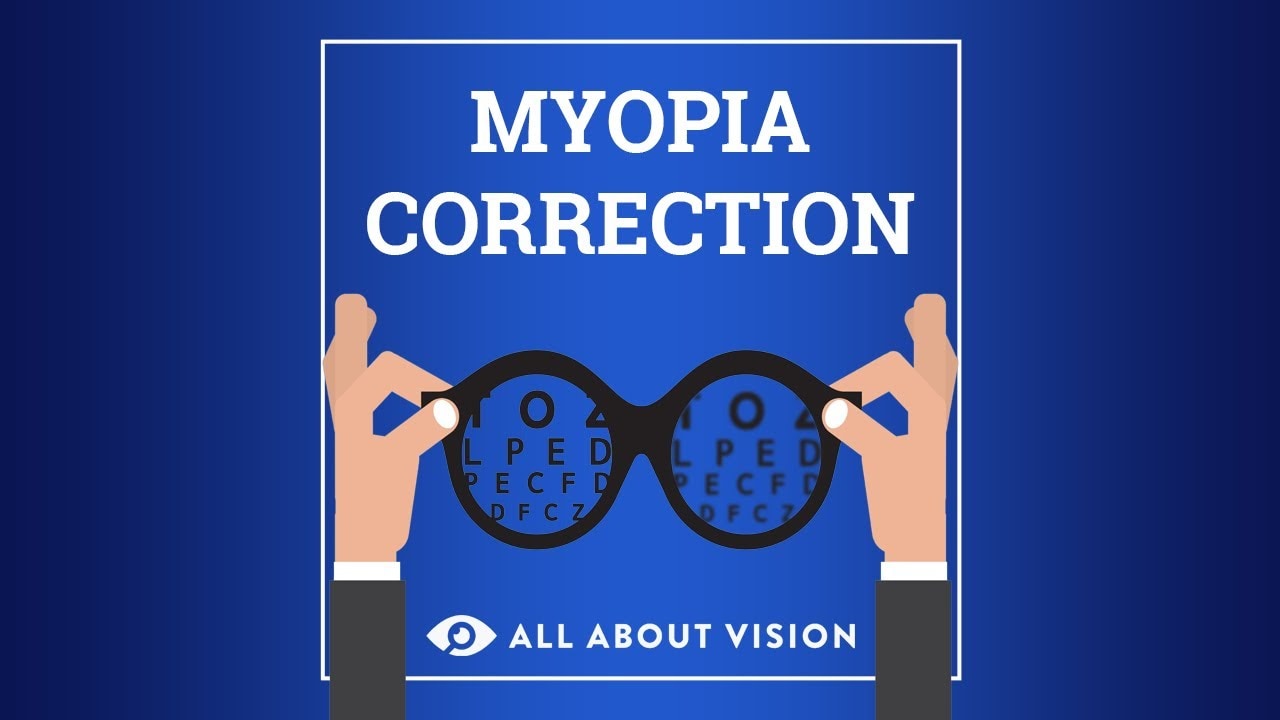Research suggests that frequent reading during childhood can raise a person’s risk of developing myopia. But reading isn’t the only culprit. Those same eye muscles are used for other types of "near work," including tablet use, drawing, and any other sustained task performed within arm’s length.
Some near work, such as studying and doing homework, cannot be avoided. However, there are steps you can take to help lower your child’s risk of myopia development.
How excessive reading can lead to myopia
The difference between an eye with myopia and one without is the length of the eyeball from front to back. Myopic eyes can be a little longer than normal, which affects how light enters the eye and where an image falls in regard to the retina. Ultimately, this causes a person to have blurry vision when trying to focus on faraway objects.
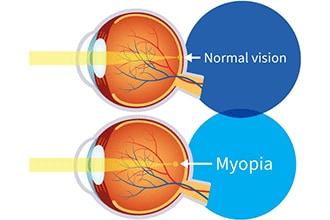
Myopia occurs when light focuses too far in front of the retina.
A 2015 report published in PLOS ONE gathered and analyzed data from several studies about myopia and children’s exposure to near work. After reviewing all the data, they concluded that more time spent on close-up activities was directly related to higher chances of developing myopia.
This information suggests that excessive near work can cause the eyeball to elongate, which can result in myopia. However, it is still not known exactly how this exposure causes a change in the length of the eyeball.
Vision researchers at Columbia University found a myopia-related gene in 2015. After studying 14,000 participants, it was found that people with the gene APLP2 were more likely to have myopia later in life.
However, the gene alone is not enough to cause myopia. Environmental factors also contribute heavily to a person’s risk. Someone with the APLP2 gene makes a person more susceptible to nearsightedness. They become five times more likely to develop myopia if they also spent an hour or more each day doing near work as a child.
SEE RELATED: Is myopia more genetic or environmental?
Lowering your myopia risk
Reading, studying and doing homework are near work tasks that are necessary for a child’s academic success. Luckily, there are some tips to add to your child’s routine that can help lower their risk of developing myopia. You can:
Encourage your kids to play outside
Studies have found that spending time outside during the day reduces myopia risk. In fact, someone with little exposure to sunlight is five times more likely to have myopia.
Whether it’s participating in sports, playing with friends or taking the dog for a walk, encourage your child to spend at least two hours outside each day. This is especially important during elementary and middle school, as these are critical ages for myopia development.
Take breaks from near work
It’s common for kids to relax by scrolling through social media or playing games on a phone or tablet. While this may seem to give their brain a break, it doesn’t allow their eyes’ focusing muscles to relax.
Have your child take breaks from reading, scrolling and other near work every 20 minutes or so. If possible, have them go outside during this time to stretch or take a lap around the block. At a minimum, have your child look up and into the distance for one minute twice an hour. Not only will this keep their eyes from getting tired, but it may refresh their focus as well.
READ MORE: Is myopia associated with higher IQ?

